




















Biplanes, unsung heroes of the inter war years and WWII Part One
By Willie Bodenstein

Except for the Fokker Eindecker, the biplane reigned supreme during WWI and was set to do so until the late 1930s when the age of the monoplane dawned. The capitulation of Germany might have brought an end to WWI however, across the globe various smaller wars continued and fighting for air supremacy, biplanes were still a common sight in the skies over central Europe.

Airco DH.9A Photo © Bundesarchiv
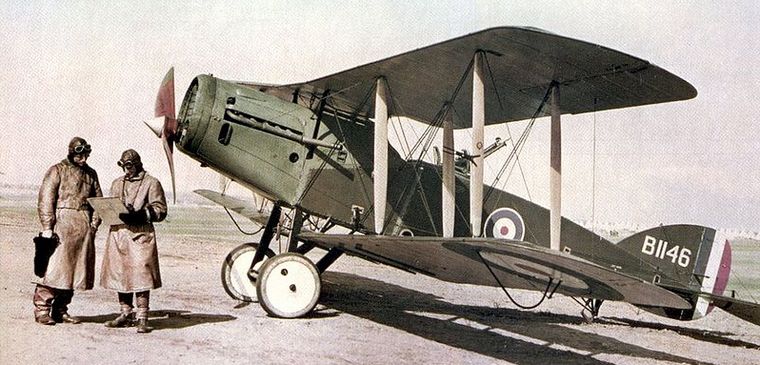
Bristol F.2 Fighter. Photo © Australian War Memorial
Flying side by side over the mountains and deserts of the East with the DH.9A was the even older Bristol F.2 Fighter. The Bristol that had its first flight in 1916 was a two-seat fighter reconnaissance hero of WWI, able to hold its own against the single seat fighters that created havoc in the skies over Europe. Perhaps one of the best-known flying aces to use the type was Canadian Andrew Edward McKeever and his regular observer, L.F. Powell. By the end of 1917, McKeever had accumulated 30 shoot-downs of enemy aircraft, while Powell had achieved eight aerial kills while operating the Fighter. Withdrawn from first line service in 1932, the F.2 were replaced by the Westland Wapitis and the Fairey III, biplanes both. Surplus F.2's was popular in civil aviation.
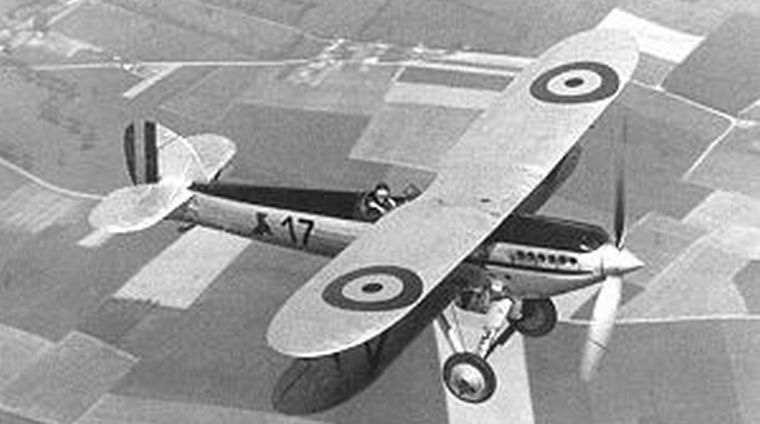
Fairey Firefly IIM. Photo © en.wikipedia.org
The Fairey Firefly IIM had its first flight on 5 February 1929 and was introduced into service in 1931. It was a single-seat, single-engine biplane of all-metal construction. Built by Fairey Aviation Company Limited, it served principally with the Belgian Air Force. A contract was won for 25 IIM aircraft for Belgium's Aéronautique Militaire, followed by a contract for a further 62 to be constructed by Avions Fairey, Fairey's Belgian subsidiary. The Belgian aircraft served briefly in the Second World War from May to June 1940.
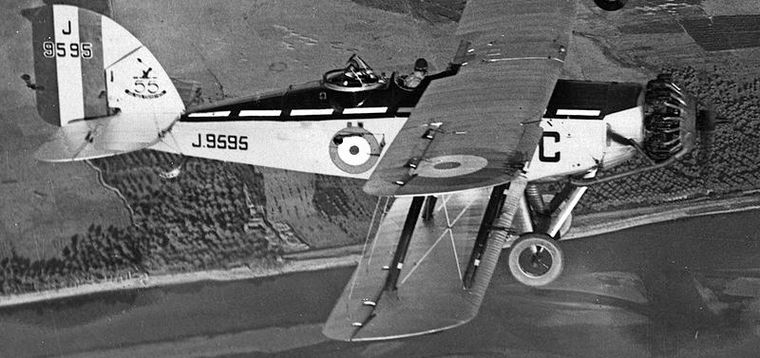
Westland Wapiti. Photo © Royal Air Force / commons.wikimedia.org
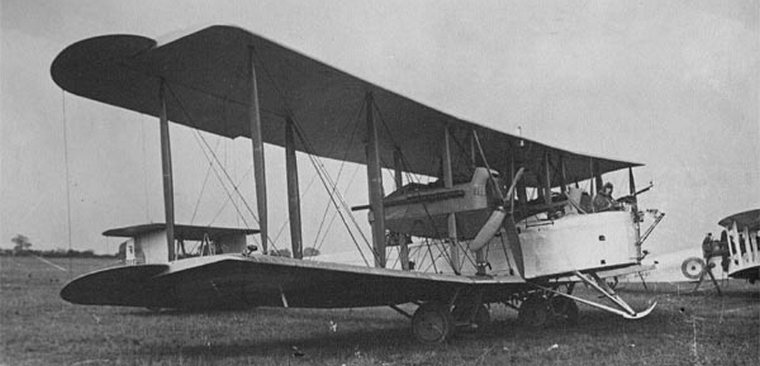
Vickers Vimy. Photo © commons.wikimedia.org
Vickers's Vimy, a British heavy bomber biplane of the First World War and post-First World War era, first took to the sky on 30 November 1917 and served until 1933. The Vimy saw no service during WWI. However, it achieved success as both a military and civil aircraft, setting several notable records in long-distance flights in the interwar period, the most celebrated of which was the first non-stop crossing of the Atlantic Ocean by Alcock and Brown in June 1919. The Vimy served as a front-line bomber in the Middle East and in the United Kingdom from 1919 until 1925, by which point it had been replaced by the newer Vickers Virginia. The final Vimys, used as target aircraft for searchlight crews, remained in use until 1938.

Vickers Vernon. Photo © Air Ministry / commons.wikimedia.org
The first dedicated troop transport of the RAF, the Vickers Vernon entered service with the RAF in 1921. The Vernon was a development of the Vickers Vimy Commercial, a passenger variant of the famous Vickers Vimy bomber and was powered by twin Napier Lion engines, of which 55 were built. In February 1923, in Iraq, Vernons of Nos. 45 and 70 Squadrons RAF airlifted nearly 500 troops to Kirkuk, after the civilian area of that town had been overrun by Kurdish forces. This was the first ever strategic airlift of troops.
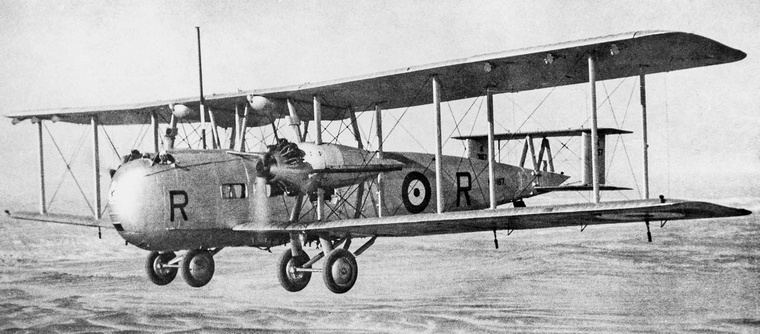 Vickers Valentia. Photo © commons.wikimedia.org
Vickers Valentia. Photo © commons.wikimedia.org The Valentia, a biplane cargo aircraft and a conversion of the earlier Vickers Victoria, entered service in 1934. Valentias were extensively used for transport operations in the Middle East and when necessary, used for bombing operations with bomb racks under the wings. Valentias were also experimentally fitted with loudspeakers used to address people being overflown. Valentia's also took part in the 1941 Siege of RAF Habbaniya and subsequent operations. They then remained in service with the Communications Flight Iraq. The South African Air Force pressed a Valentia into service as a bomber in the East African Campaign in 1940-41.
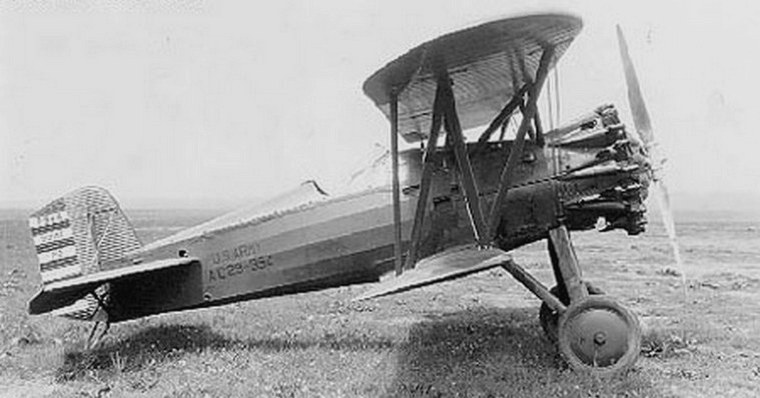 Boeing P-12/F4B. Photo © en.wikipedia.org
Boeing P-12/F4B. Photo © en.wikipedia.org Boeing's P-12/F4B pursuit aircraft that was operated by the United States Army Air Corps and United States Navy first few on 25 June 1928. P-12s were flown by the 17th Pursuit Group at March Field, California and the 20th Pursuit Group at Barksdale Field, Louisiana. Older P-12s were used by groups overseas: the 4th Composite Group in the Philippines, the 16th Pursuit Group in the Canal Zone and the 18th Pursuit Group in Hawaii. The P-12 remained in service with first-line pursuit groups until replaced by Boeing P-26s in 1934-1935. Survivors were relegated to training duties until 1941.
 Fiat CR.32. Photo © www.finn.it
Fiat CR.32. Photo © www.finn.it The Fiat CR.32 was an Italian compact, robust and highly manoeuvrable biplane fighter used in the Spanish Civil War and World War II. The CR.32 fought in North and East Africa, in Albania and in the Mediterranean theatre. The CR.32 saw service in the air forces of China, Austria, Hungary, Paraguay and Venezuela. Used extensively in Spanish Civil War, at least 380 examples took part in the air battles fought over Spain. The CR.32 proved to be a formidable adversary to the Soviet Polikarpov I-15 biplane and Polikarpov I-16 monoplane that formed the backbone of the Spanish Republican Air Force. It gained a reputation as one of the outstanding fighter biplanes of all time. During May 1939, prior to Italy entering the Second World War, large numbers of CR.32 fighters represented two-thirds of all fighters in the Regia Aeronautica. A total of 288 were based in Italy and North Africa, while 24 were stationed in East Africa. By 1939 it was obsolete. However, some CR.32's continued to serve in the Spanish Airforce until 1953.
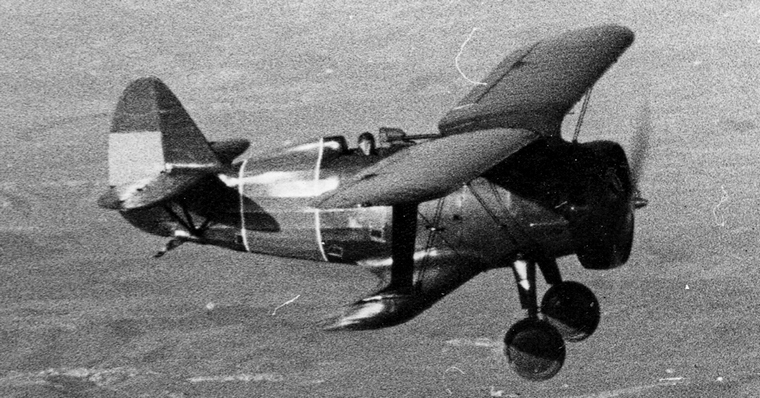
Polikarpov I-15. Photo © Kogo / commons.wikimedia.org
The Polikarpov I-15 was a Soviet biplane fighter operated in large numbers by the Soviet Air Force and was produced between 1934 and 1937. It was also one of the standard fighters of the Spanish Republicans during the Spanish Civil War. The Soviet Union, during the China/Japan conflict of the early 1930s, shipped 347 I-15s as a part of a programme of military aid to the Chinese Air Force (CAF) in its defensive war against Japan. More than 250 Soviet pilots volunteered to fly the 255 I-15s supplied to China in the autumn of 1937. More than 1,000 I-15bis fighters were still in Soviet use during the German invasion when the biplane was employed in the ground attack role. By late 1942, all examples still in service had been relegated to second line duties.
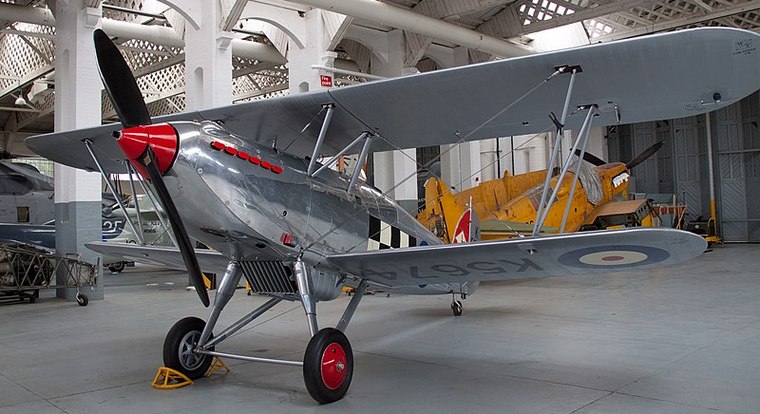 Hawker Fury. Photo © Tony Hisgett / commons.wikimedia.org
Hawker Fury. Photo © Tony Hisgett / commons.wikimedia.org The Hawker Fury was a British biplane fighter aircraft used by the Royal Air Force in the 1930s. The Fury was the first operational RAF fighter aircraft to be able to exceed 200 mph (322 km/h) in level flight. Owing to finance cuts in the Great Depression, relatively small numbers of Fury Is were ordered by the RAF remaining in service with Fighter Command until January 1939. Withdrawn from RAF squadrons, the Fury was still used by some foreign air forces in the early 1940s, while Yugoslav Furies saw action against Axis forces in the German invasion of 1941. On 6 April 1941, a squadron of Furies took off against the invading German Messerschmitt Bf 109Es and Messerschmitt Bf 110s. In the resulting air battle,10 Furies were destroyed, almost the entire squadron. Ex-RAF Furies were also used by the South African Air Force against the Italian forces in East Africa in 1941 and despite their obsolescence, destroyed two Caproni bombers as well as strafing many airfields while destroying fighters and bombers on the ground. A total of 262 Furies were produced, of which 22 served in Persia, 3 in Portugal, at least 30 in South Africa, 3 in Spain and at least 30 in Yugoslavia.
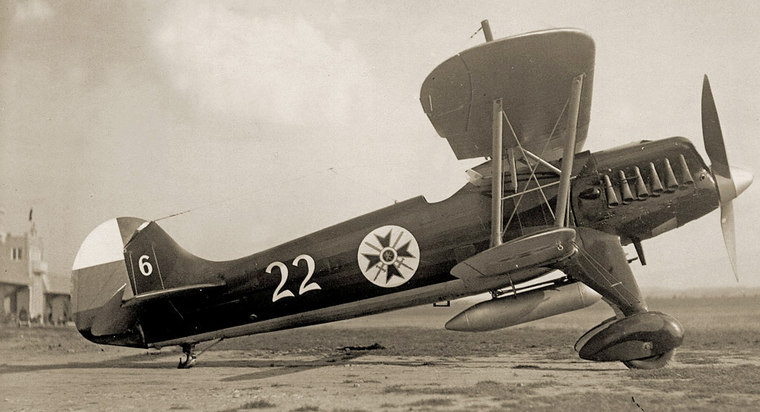 Heinkel He 51. Photo © en.wikipedia.org
Heinkel He 51. Photo © en.wikipedia.org The Heinkel He 51, introduced in 1935, was a German single-seat biplane initially developed as a fighter. A seaplane variant and a ground-attack version were also developed. Six He 51s were delivered to Spain during the Spanish Civil War. Initial operations were successful, with the Heinkel's meeting and defeating a number of older biplanes of the Spanish Republican Air Force, with two Nieuport Ni-52 fighters, a Breguet 19 and a Potez 54 destroyed on 18 August 1936. While a failure as a fighter, the Heinkel proved successful as a ground-attack aircraft, being used by Wolfram von Richthofen to develop the close support tactics which were used by the Luftwaffe in World War II. It continued in use as a ground attack aircraft for the remainder of the Civil War, although losses were heavy. After the war, the 46 surviving aircraft were joined by another 15 new builds and served in a utility role in Spain until 1952.
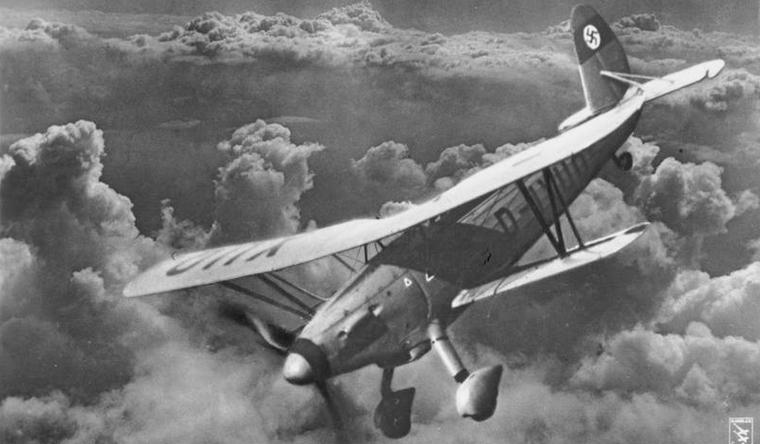 Arado Ar 68. Photo © Bundesarchiv
Arado Ar 68. Photo © BundesarchivIntroduced in 1935, the Arado Ar 68 German single-seat biplane fighter was among the first fighters produced when Germany abandoned the restrictions of the Treaty of Versailles and began rearming. The Ar 68 entered service with the Luftwaffe in 1936 and one of the first units was stationed in East Prussia. Soon, the fighter was sent to fight in the Spanish Civil War, where it was outclassed by the Soviet Polikarpov I-16. Arado responded by upgrading the engine of the Ar 68E, which soon became the Luftwaffe's most widely used fighter in 1937-38, before being replaced by the Messerschmitt Bf 109. The last Ar 68s served as night fighters up to the winter of 1939-40, after which they served as fighter-trainers until 1944.
Part 2 will be published om 22.08.2021
www.youtube.com/channel/UCCuRVZAGodT6sztTeXBGeMw
and subscribe to our YouTube channel

 |
 |
 Copyright © 2024 Pilot's Post PTY Ltd
The information, views and opinions by the authors contributing to Pilot’s Post are not necessarily those of the editor or other writers at Pilot’s Post.
Copyright © 2024 Pilot's Post PTY Ltd
The information, views and opinions by the authors contributing to Pilot’s Post are not necessarily those of the editor or other writers at Pilot’s Post.